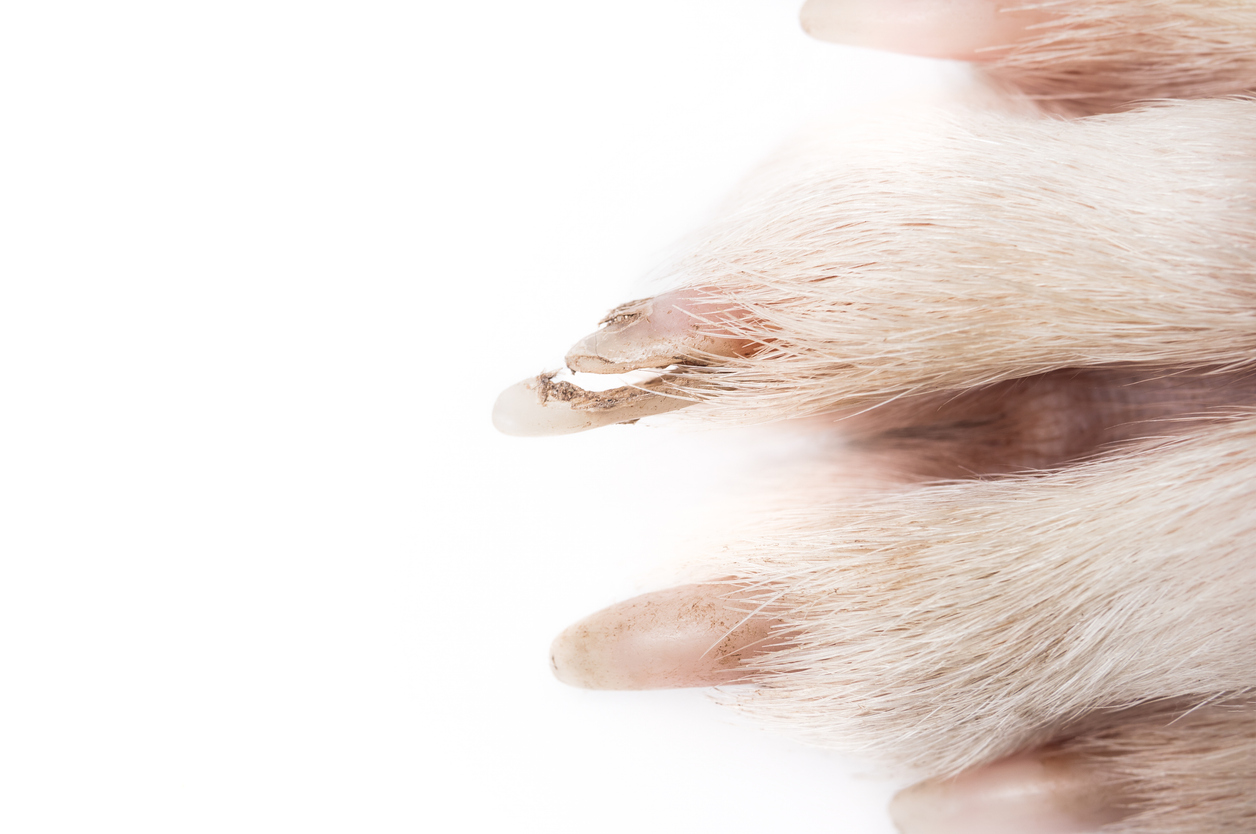Phalangeal (Toe) & Nail Injury
What causes Fractures/injury?
- Being stepped on
- Trauma from HBC (hit by car)
- Getting the toe caught (e.g. slatted floor, fence, cage).
The risk of this increases when nails injury increases when they have become overgrown so it is extremely important to keep up with your pets nails.
What are the signs and Diagnoses?
Clinical signs of fracture or nail injuries include:
- Lameness
- Swelling
- Bleeding
- Abnormal movement of the affected digit.
What is the treatment for these injuries?
If a nail is broken, the veterinarian may elect for removal of the fragmented nail. Your pet may require sedation and analgesia.
If a digit is broken, stabilization is advised. This may even include surgical correction to ensure appropriate alignment of fractured bones. Depending on the type of surgical repair used, a splint may be needed for four to six weeks post-operatively. Casting can also be considered in some cases. These cases do not typically heal very well, due to excessive motion resulting in fibrous tissue development vs a successful bony union of fractured ends. Some dogs will tolerate this and still do well.
Minor and superficial lacerations can be managed minimally, but will require wound clipping, cleaning and possibly a bandage to keep the wound clean.




